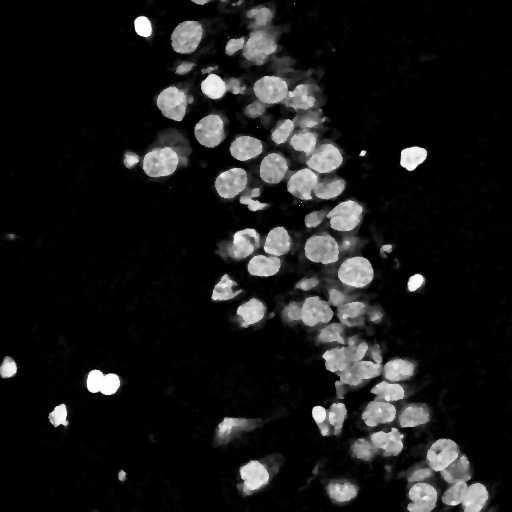ITK Pre-Processing Algorithm Wrappers in Python/CurvatureAnisotropicDiffusionFilter
Curvature Anisotropic Diffusion Filter
This filter is implemented using the itkCurvatureAnistropicDiffusionImageFilter class in ITK. It is one of the smoothing algorithms that preserves edges. The difference between this filter and the Gradient Anisotropic Diffusion Image Filter is that the curvature anisotropic diffusion filter does not have the edge enhancing properties.
Parameters:
- 1. TimeStep - this parameter refers to the time step involved in solving the partial differential equation in the algorithm. For 2D, the typical value to use is 0.125. In general, for n-dimensional images, the timestep should be restricted to be less than
 [1].
[1].
- 2. NumberOfIterations - this specifies the number of iterations that the solver must perform before returning a solution image. More the number of iterations, more smooth the image would be. A typical number for the number of iteration is 5[1]. increasing the number of iterations linearly increases the computation time.
- 3. Conductance - this parameter controls conductance, which in turn controls the sensitivity of the algorithm in preserving the edges. If the value of the conductance is low, the algorithm preserves the image features to a larger extent. If the value of the conductance is high, the algorithm smooths (or diffuses) the features in the image. A typical value of conductance that can be used is 3, but in general it will depend on the type of image and the number of iterations[1].
Below, we give the images obtained by applying the curvature anisotropic diffusion filter on the image seg_orig. Fig. 1 shows the image obtained by using parameters suggested above (conductance = 3, iterations = 5, and timestep = 0.125). The result obtained shows considerable noise removal, and also preserves the edges quite well. Fig. 2 and 3 show the effect of increasing the iterations and the conductance, respectively. Both result in increased diffusion in the image. Please note that the conductance used in Fig. 3 is extremely high, and is only used to present what happens when the term is increased. Normally, the value of the conductance will be less than that.



Cite error:
<ref> tags exist, but no <references/> tag was found